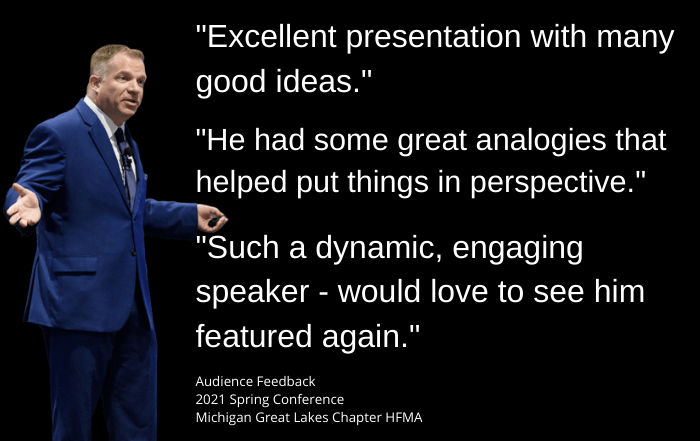 Understanding how to prioritize your workload is an essential skill, whether you’re a seasoned professional or just starting out in your career. In today’s world, with so many tasks to manage, it’s easy to feel overwhelmed and unsure where to start.
Understanding how to prioritize your workload is an essential skill, whether you’re a seasoned professional or just starting out in your career. In today’s world, with so many tasks to manage, it’s easy to feel overwhelmed and unsure where to start.
There’s not necessarily one way to do it. Often it is a matter of personal preference, but you need to make sure it’s a system that plays well with others.
Recently, on LinkedIn, I conducted a poll on this topic. Let’s take a deep dive into every choice, and I’ll also suggest some different ways of thinking about the options. You’ll also see the percentage each poll choice received.
By Deadline: 64%
One of the most common ways to prioritize your workload is by deadline. This means you focus on completing tasks that have the closest deadlines first. This approach helps you avoid missing important deadlines and ensures that you’re working on the most urgent tasks.
It’s understandable why this was the most popular option. However, you should consider whether the deadlines you’re given represent appropriate timelines and not just personal preferences.
For instance, when I worked in TV news, our deadlines were real and absolute. A story for the 5 p.m. newscast had to be finished on time.
In your world, rushing to get something done earlier than it really needs to be completed, especially if it pushes other projects further down your list, may not be a smart move. This consideration probably needs discussion at an organizational level.
It’s important to get work done on time but consider whether the timing is more of a convenience than a necessity. This may be a case where you need to change the way you prioritize deadlines.
By Difficulty: 21%
Another way to prioritize your workload is by difficulty. This means you’ll focus on completing your most challenging tasks first. By tackling the hardest tasks early on, you’ll avoid procrastination and build momentum as you work through your list.
Also, consider which tasks require the most concentration or effort. If you’re at your best early in the day, then reserve that time for these challenging activities. When you feel your productivity fading, taking on a difficult task will likely take you more time and could see errors emerge.
By What I Enjoy Doing: 4%
If you’re someone who finds it challenging to stay motivated, then prioritizing your workload by what you enjoy doing can be an effective strategy. This means you’ll focus on completing tasks that you find enjoyable or rewarding. By doing so, you’ll feel more energized and engaged, making it easier to stay focused and productive.
This response received the fewest votes, and it’s understandable, as a workday can be full of things we need to do but don’t love doing. But what if the things we like to do could become a source of motivation?
Perhaps you could strategically place tasks you enjoy throughout your day. For example, after you complete something tedious, you reward yourself with a more engaging activity.
First Come, First Served: 10%
Finally, you can prioritize your workload based on when the tasks were assigned. This means that you’ll focus on completing tasks in the order they were given to you.
This approach can be helpful if you’re working with multiple people or teams and need to ensure that everyone’s tasks are completed in a timely manner. Fairness is a big part of your process, but the downside is that you’re running your workday like a deli.
Some projects may be more important or urgent than others. Should those wait out of a desire for fairness?
Final Thoughts
Managing your workload often represents a personal decision that must fit an organization’s needs. For you, this may mean using several strategies. Whatever you do, make sure people have an understanding of how you get the job done.






